Ken Cohen – Yi Quan Qigong
$95.00
In this class, you’ll review the core wellness workout and many of the auxiliary exercises and meditations.
Module 1: Introducing Yi Quan — Stand Like the Pine, Flow Like the Wind to Correct Posture While Imbuing Flexibility
Discover the key elements of Yi Quan posture, including simple ways to relax more deeply, the importance of bent knees to put spring in your step, how to release constriction in your spine, and the role of your abdomen in deep breathing.
Practice five standing meditation postures to improve alignment and build a reservoir of strong, resilient Qi. Close the standing meditation by practicing Xiu Xi Shi, the Posture of Relaxation: a specific way of shifting your weight, which gently massages your feet.
Then, learn the first of five Yi Quan methods of meditative walking and how it can reduce stress and add joy to your everyday life. The founder of Yi Quan said that it “… awakens the mind of the ancient Buddhas” — a realm of emptiness, free of thought and worry.
Ken will teach each technique slowly, carefully, and with plenty of time for review.
Module 2: Don’t Just Do Something, Stand There! — Understanding Power Comes From Stillness
Standing Meditation is considered one of the Si De — the Four Virtues of the Human Being, which are Lying, Sitting, Standing, and Walking. One of the goals of Qigong is doing these most basic, everyday activities with ease, grace, and enjoyment. Movement starts from the stillness and tranquility of standing. If you can’t stand properly, you can’t move properly.
You will review the five core postures of Yi Quan Standing, and deepen your practice with Yi Quan traditional guided imagery meditations. Then, proceed smoothly from Standing to Movement — maintaining a quiet center in the midst of activity.
Imagine if you can learn to do this when life seems chaotic!
Module 3: Coiling Silk — Unwinding Energy Knots for Unlocking Healing Energy & Body Awareness
Outward energetic and inner alchemical synergies begin to stir as you combine standing postures with healing imagery for deeper relaxation, mental silence (stilling the “monkey mind”), and opening your senses to the healing power of nature…
… while also reviewing and moving through Walking Meditations 1, 2, and 3 — and integrating a fourth called Luo Xuan Jin (Spiraling Power). This fourth technique winds and turns like the spinning of a silk cocoon — and is thus also known as Coiling Silk.
By practicing Coiling Silk, your tension dissolves and energy knots unwind — adding depth and enjoyment while increasing the health benefits of your practice.
Module 4: The Essence of Music Is One Note — Adding Dimension & Depth to Your Practice by Understanding Direction & Movement
Move from what the Chinese call “the skin” (superficial learning) to “the bones” (deep learning), discovering the hidden dimensions and delights of Yi Quan with an exploration of Liu Mian Li (6-Direction Force) — sensing the space around your body and becoming aware of the field of Qi that we live in.
You’ll enjoy Dragon Standing and Eagle Standing practices to open your joints, increase your reserve of vitality, and soar to new heights of consciousness. Then, Ken will lead you in the final core Walking Meditation, practiced slowly as a moving meditation or quickly for aerobic conditioning.
You’ll also learn about the deep connection between Yi Quan and China’s favorite sport: the martial arts (wu shu ) — at the highest level of martial arts, the ego is defeated and you discover the spiritual warrior within. The class will close with a discussion of Yi Quan principles, based on writings of the founder, Wang Xiangzhai.
Module 5: Be the River — The Supple Power of Water for Flexibility, Grace & Dissolving Tension
In the fifth century BCE, Lao Zi, the founder of Taoism, declared, “The highest good is like water.” Water is supple and adaptable, assuming the shape of its container. It is responsive — notice how even a gentle breeze produces ripples on a quiet pond. Yet water is also a source of great strength, for when supple power is concentrated, it becomes a mighty wave in the sea.
In this module, you’ll learn to flow gracefully as though swimming in the air. Then for contrast, you’ll discover how Yi Quan helps you develop core strength through a principle called Zheng Li (Contending Force), in which you imagine moving against resistance, as though the air has become as thick as molasses.
Our bodies are made mostly of water. Is it any wonder that water-like movements restore our innate and most natural potentials and abilities? As Master Wang Xiangzhai, founder of Yi Quan, said, “The ordinary is the extraordinary.”
Module 6: Connectedness — Unifying Yin and Yang, Self and Nature
Is it possible to move and sense as a whole human being, rather than fragmented, in bits and pieces? To what extent is health a state of connection — and disease one of disconnection?
Yi Quan includes brilliant ways to restore broken or fragmented connections — so that the upper body communicates with the lower body, right side with left side, inner nature with outer nature. As we review Yi Quan methods, we’ll explore this principle of connectedness and Whole-Body Internal Force.
Ken will then speak about how Master Wang Xiangzhai was a close friend of some of China’s great artists — and that Chinese arts such as painting and poetry are based on principles similar to Qigong. He’ll introduce you to this broader cultural context of Yi Quan by reciting original translations of 1,000-year-old Chinese poems that celebrate the beauty of the natural world.
Module 7: The Health Dance — Creative Improvisational Qigong to Explore Energy & Spontaneity
Yi Quan is based on a balance of form and formlessness — specific exercises to improve posture and movement skills and cultivate a state of being free of limitation in a formless realm without thoughts, images, or worries.
In this class, you’ll review the core wellness workout and many of the auxiliary exercises and meditations. Then Ken will share a fascinating story of how Master Wang developed a new, creative approach to personal training called Jian Wu (the Health Dance).
Ken will demonstrate and lead you in a spontaneous way of combining techniques from the Yi Quan repertoire into a completely unique, improvised dance, and then give you pointers on how you can create your own health dance. The health dance may be tailored to individual needs and can range from slow and meditative techniques to moderate or full-speed movements for conditioning and stamina.
More courses from this author: Ken Cohen
Be the first to review “Ken Cohen – Yi Quan Qigong” Cancel reply
Related products
HYPNOSIS - NLP Courses
Tom O’Connor NLP – Task Decomposition The “Magic Power of Goal Getters”
HYPNOSIS - NLP Courses
Niraj Naik – Renew Your Body & Reprogram Your Reality With SOMA Breathwork
HYPNOSIS - NLP Courses
HYPNOSIS - NLP Courses

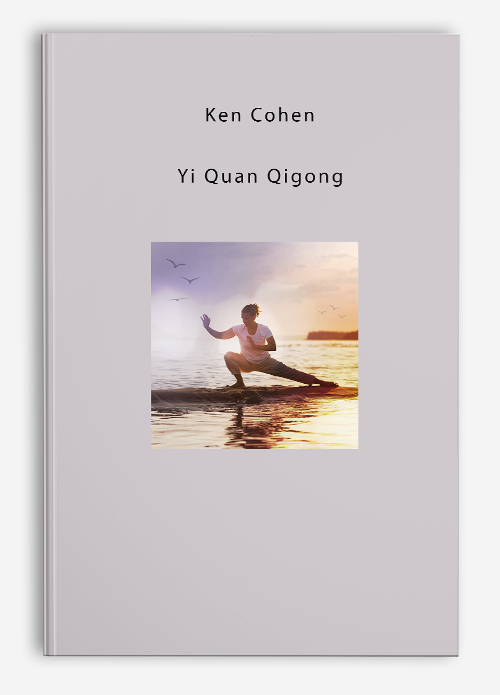
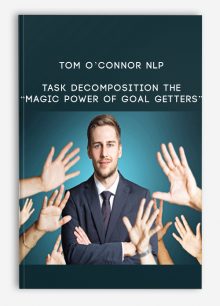
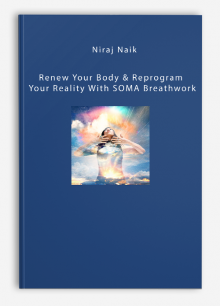
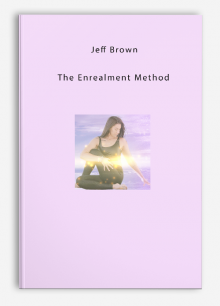

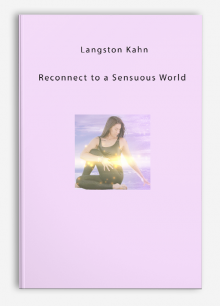
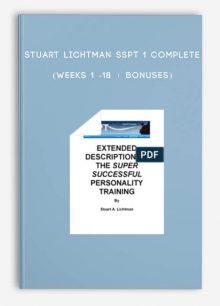

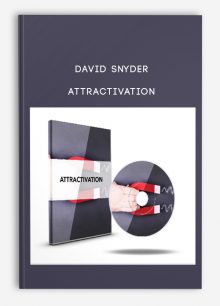
Reviews
There are no reviews yet.